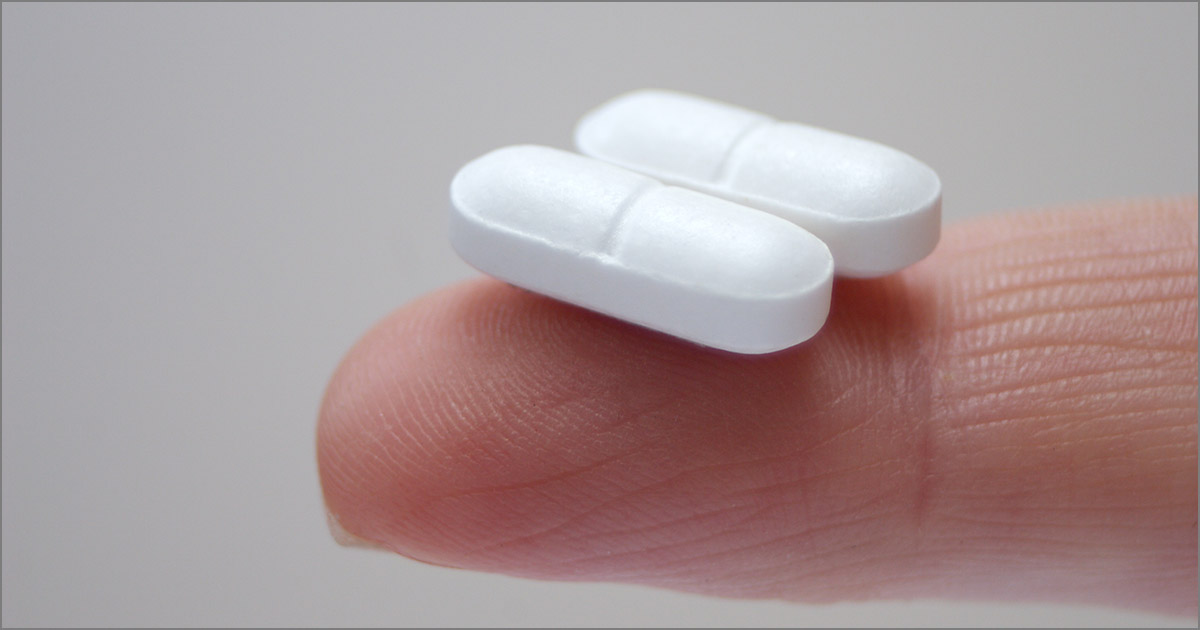How To Treat Phantom Limb Pain
Phantom limb pain is a condition that occurs when an amputee feels pain in their missing limb. It most commonly occurs in the legs or arms, though it has been known to appear in cases where other body parts were removed, such as following a mastectomy. For some, the pain disappears by itself. Other patients might experience chronic pain that requires treatment. Pain can be limited if patients talk to a doctor and find a treatment option. The majority of individuals who have an amputation will experience sensation or feelings related to their limb within six months following their surgery. Though researchers aren't exactly sure what causes phantom pain, they have found treatment methods that show success.
Specific Medications

Specific medications can help manage and treat phantom limb pain. While there aren't any medications developed exclusively for phantom limb pain, drugs used to treat certain other conditions might be helpful. Tricyclic antidepressants ease pain in the nerves by changing the chemicals responsible for pain signals. Common tricyclic antidepressants used, including for phantom limb pain, are tramadol, nortriptyline, and amitriptyline. Anticonvulsant medications can also be used to help nerve and phantom limb pain, even though they were originally developed to treat seizures. Medications like pregabalin, gabapentin, and carbamazepine have been used to treat chronic pain, nerve issues, and muscle problems. Some patients have reported a reduction in symptoms with the use of opioid medications, but these don't work for everyone. It's also important to be aware of the risk of dependency that comes with opioids. If none of these medications work, doctors may use other painkillers. Some potentially effective ones include NMDA receptor antagonists or over-the-counter medications like acetaminophen. Some patients might benefit from a shot of pain-blocking medication in the area the amputation was done.
Acupuncture

Acupuncture is a common non-drug therapy that can help relieve multiple types of pain, including phantom limb pain. With acupuncture, thin needles are inserted into specific points in the skin. This causes the body to release chemicals that relieve pain. In addition to phantom limb pain, acupuncture is often used to relieve pain from osteoarthritis, migraines, fibromyalgia, rheumatoid arthritis, nerve pain, and other persistent undiagnosed pain. The treatment has been used by Chinese health professionals for thousands of years, and modern studies have indicated it does have benefits regarding nausea and pain. With traditional Chinese medicine, acupuncture is related to the theory that disease is caused by a disruption to an individual's energy flow. Western scientists have come up with alternate hypotheses for why the treatment works. The main one is acupuncture stimulates a patient's nerves. The nerves then send signals to the brain, which releases hormones like beta-endorphins, relieving pain.
